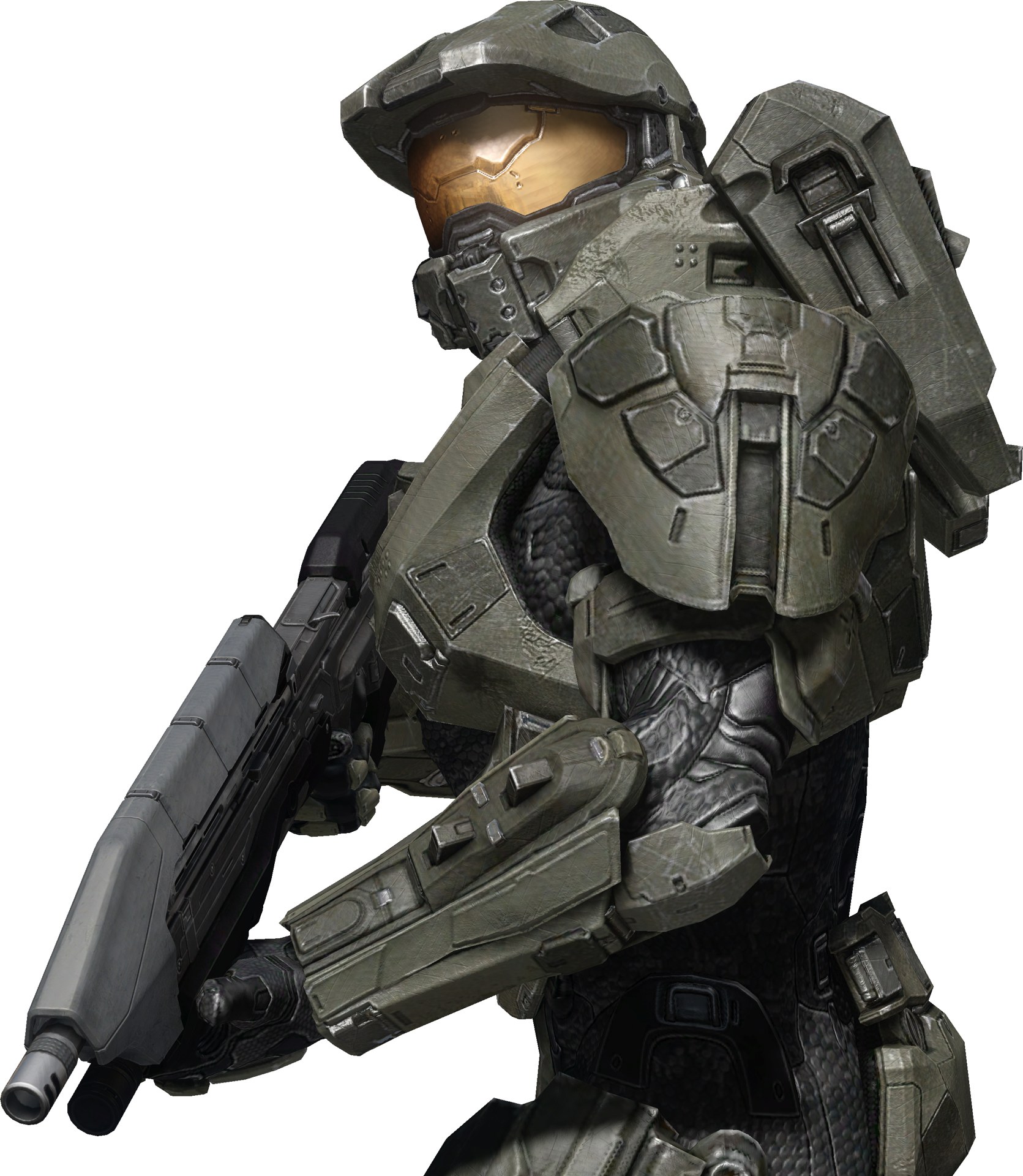
The Master Chief
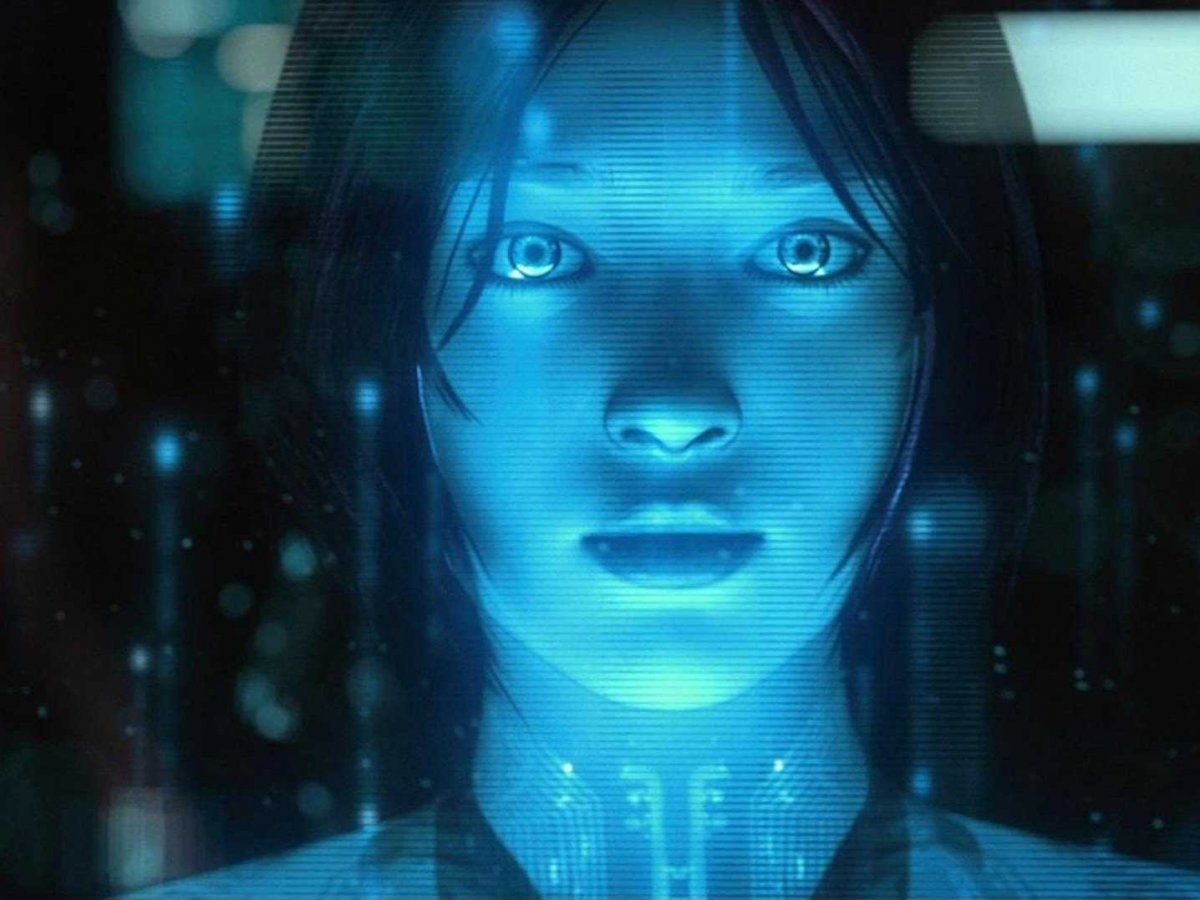
Cortana
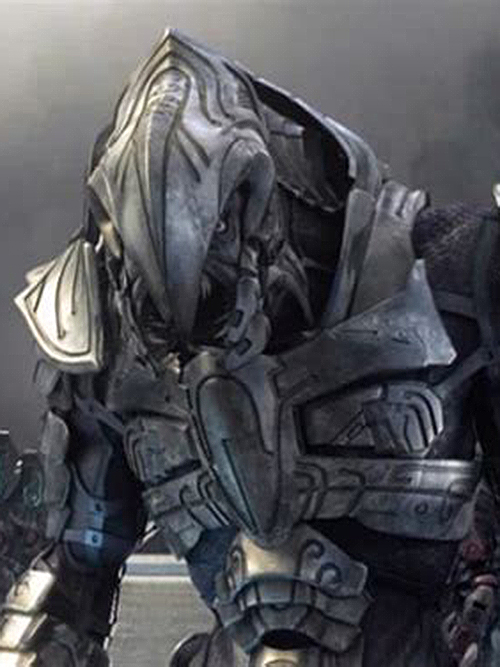
The Arbiter
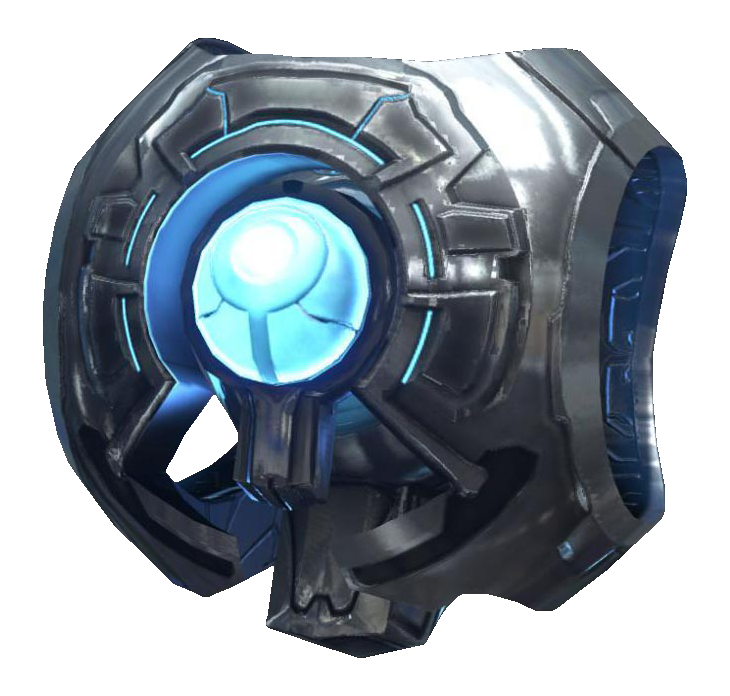
343 Guilty Spark

Human soldier taken over by the flood
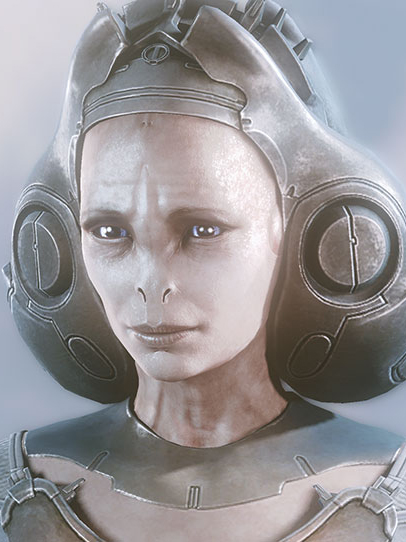
The Librarian
Warning: this post contains story spoilers for the Halo series.
REALM:
space, Halo rings, Earth, alien cities
CREATED BY:
Bungie, 343 Industries
NOTABLE WRITERS:
Joseph Staten, Eric Nylund, William C. Dietz, Greg Bear
FORMAT:
Xbox, PC
SETTINGS:
Futuristic science fiction with spacefaring humans, hostile aliens, and mysterious ancient races who vanished.
STORY ARC:
Humanity, 500-600 years in the future, has colonized distant worlds and maintains order with the United Nations Space Command (UNSC) and super soldiers called SPARTANs. They encounter a hostile coalition of alien species known as the Covenant, who are bent on humanity’s destruction in a holy war. As the humans fight a losing battle against the more advanced Covenant, they accidentally discover Halo, one of several massive ring worlds left behind by the ancient Forerunner race whom the Covenant worship. On Halo, the warring factions accidentally release the Flood, a parasitic, unstoppable species that was contained on Halo by the Forerunners and that consumes all life. The only way to stop the Flood is to exterminate all sentient life in the galaxy by firing the Halo rings, which is how the Forerunners disappeared.
In the first Halo trilogy, the story focuses on the war between the humans and the Covenant, as well as how to stop the Flood without killing all life. In Halo 4 and 5, the story shifts to a revitalized Forerunner presence and the relationship between the two primary characters.
CHARACTERS:
Master Chief, first primary protagonist. Abducted as a child and raised as a SPARTAN super soldier to initially put down human rebellions before being repurposed to fight back against the Covenant.
Cortana, second primary protagonist. AI with a 7-year lifespan. Usually travels with Master Chief in his suit. In Halo 4 and 5, starts to go mad after passing her end-of-life mark. Relationship with the Master Chief is complicated.
The Arbiter, secondary protagonist. A Covenant Elite (or Sangheili in their language), he was the general overseeing operations in the first Halo game behind the scenes. After a fall from grace due to Halo’s destruction, he was re-cast as the Arbiter, at first performing covert missions for the Covenant’s religious leaders before turning to aid the humans during the Covenant civil war.
343 Guilty Spark, an AI monitor left behind by the Forerunners as the custodian of Halo. His primary goal is to fire the Halo rings and fulfill his directive. Switches sides depending on with whom his goals align and whom he is manipulating into helping him. The namesake for 343 Industries, who took over development of the Halo franchise starting with Halo 4.
The Flood, primary antagonists. A parasite that consumes sentient life and becomes more intelligent through Gravemind hive brain-type entities. The enemy that caused the Forerunners to fire the Halo rings and wipe themselves out to stop the Flood.
The Librarian, a Forerunner. One of the most powerful Forerunners, a Lifeshaper, who helped invent the Halo ring solution to the Flood threat. Responsible for guiding early humanity’s development.
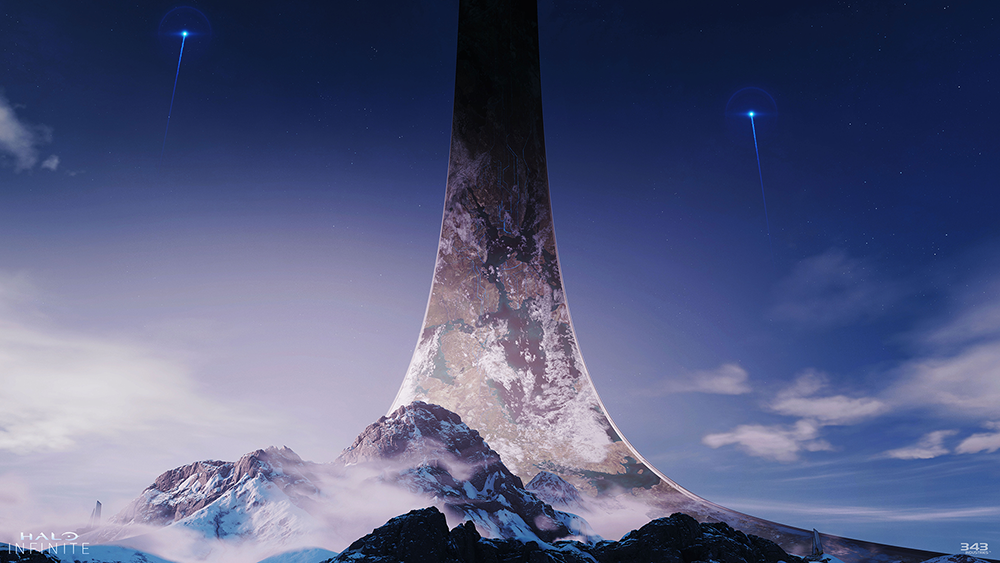
Halo from on the ring
Halo: The Master Chief Collection

BIG CONCEPTS:
Breaking through the dogmatic control of religion. In Halo 2, the Covenant experiences a civil war partially instigated by the destruction of Halo in the first game. For half of Halo 2, the player experiences the perspective of the Arbiter and goes from a devout follower to a rebel. At first, the Covenant believe they are on their Great Journey religious path. They are led by the Prophets as spiritual leaders with the Elites forming the primary military arm and other races lending support. The goal of the Great Journey is to light the Halo rings and take everyone to the divine beyond, and the humans are filth who profane the Forerunner ring and deserve destruction.
After Halo is destroyed by the Master Chief, the Prophets turn on the Elites for failing them and attempt to wipe them out by harnessing a different race called the Brutes to replace them. The Arbiter discovers Halo’s true purpose of killing all life and, coupled with the betrayal by the Prophets, sees through the haze of religious fervor and leads his people to split away from the Covenant. They end up fighting alongside the humans in Halo 3 against the other Covenant and help put a stop to the Flood.
Love transcending rigid boundaries. As the Halo series progresses, it is implied that the Master Chief and Cortana develop feelings for each other. This is complicated by the Chief’s strict military paradigm and by Cortana’s limited lifespan. At the end of Halo 2, Master Chief is forced to leave Cortana behind in a Flood-infested Covenant city, making recovering her one of the major thrusts of Halo 3 even though the main goal is still to stop the Covenant and the Flood. Despite everything else going on, the Chief made it a priority to save her. Starting in Halo 4, Cortana begins to go “rampant” as she passes the 7-year mark, sparking concern in the Chief. She sacrifices herself to save him at the end, leading him to violate orders in Halo 5 and go off in search of her. This is a huge deal for a lifelong programmed soldier. After he discovers her living on via the Forerunner “domain,” he struggles with whether to support her when she decides to liberate AIs from the humans forcefully and ends up saying “no” when her methods become violent. Their story will continue in Halo Infinite (unreleased at the time of writing).
Exploring an alternate past of humanity and the role Forerunners had. The second trilogy of Halo games pivots the focus from the Covenant and Flood war to the Forerunners and their relationship with humans. As it turns out, humans were an advanced spacefaring species over 100,000 years ago. They clashed with the Forerunners and started a war, which was unfortunately the product of confusion. The humans had been running from the Flood and ran into the Forerunners, who weren’t aware of the Flood and assumed hostile intent. After the war, the Forerunners “devolved” them and put them on Earth to re-develop. The Librarian had a major role in this and performed genetic programming on them to direct them towards a better future where they could assume the “Mantle of Responsibility” after the Forerunners eventually passed on. When the Forerunners too encountered the Flood and could not defeat them, the Librarian helped to protect humanity in the ensuing galaxy-wide destruction of life when the Halo rings fired.
Bad guys who aren’t really evil? The Covenant might fit the bill for a typical definition of evil bad guys, but even then they’re not black and white. Yes, they want to kill all the humans for religious reasons at first and turn a cold, deaf ear to any attempts at reasoning with them. But, then you have the Arbiter and the Elites who learn the hard way that no one is irreplaceable and that maybe, just maybe, everything they had been told was a lie. Suddenly you have sympathy for those who were once your enemies, especially given that you get to play through their eyes for half of a game.
The Flood are more of a neutral evil. In some ways, they remind me of the Thread from Anne McCaffrey’s Pern series. They aren’t trying to do anything morally wrong, they’re just trying to do what they’re biologically programmed to do and take over other life forms. It’s a fact of life for them. No aspirations for domination or anything, just spread as much as possible.
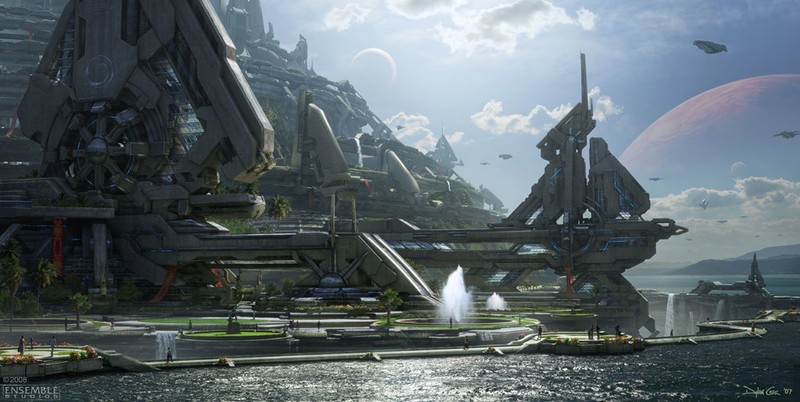
An example of forerunner architecture
REMARKS:
The Halo series first attracted me as a child because of its imaginative sci-fi setting and story.
I had never been interested in a shooter game before, but I made an exception at the time because I was engrossed by the worlds, the art, and the concepts it had to offer. The sci-fi style of each race within the Halo universe is well-crafted and distinct from one another, providing a visceral feel that helps the audience instantly connect with an impression of them.
The Forerunners wrought grand, sweeping, and elegant structures with a refined sensibility that definitely says “these guys are more advanced than we can comprehend.” You can see why the Covenant worshipped them. In the first three games, you’re limited to traversing their austere, massive creations, but in the second trilogy you get to see some Forerunners and their servants up close and personal.
Humans, by contrast, fit in nicely with what most people imagine for sci-fi. Their ships and weapons are blockier, more geometric, pragmatic, and gray. For example, the Pillar of Autumn, the main ship from the first game, looks like a big, flattened tube that has the bridge on the bottom front chin. Not too fancy, and it works. The Chief’s armor itself is also very angular and sharp-edged. Human weapons fire projectiles in a more advanced form than what we have today.
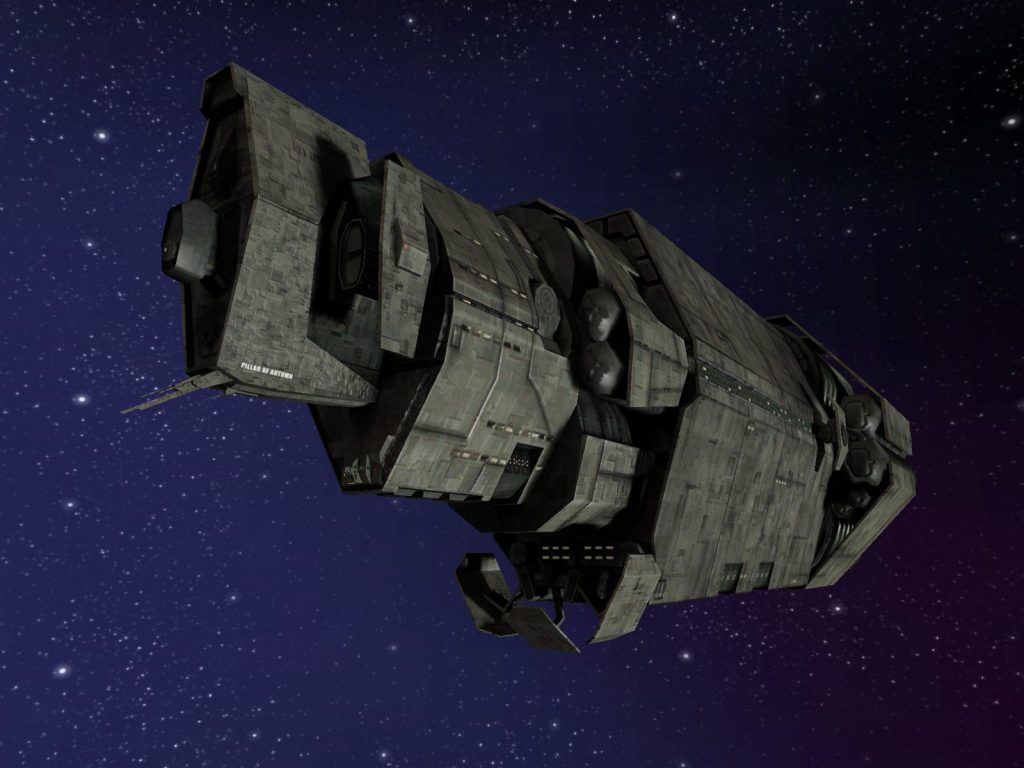
The Covenant fit somewhere in between, which makes sense given that they based their technology on the Forerunners’ but made it their own. Their ships and weapons are sleek and very purple, with blues and greens thrown in as well. Their weapons fire plasma/energy shots that melt through their opponents. Their ships also have energy shields and put their bridges at in the center, where they are more protected. This is an example of an interesting design choice that shows a different way of thinking from the humans.
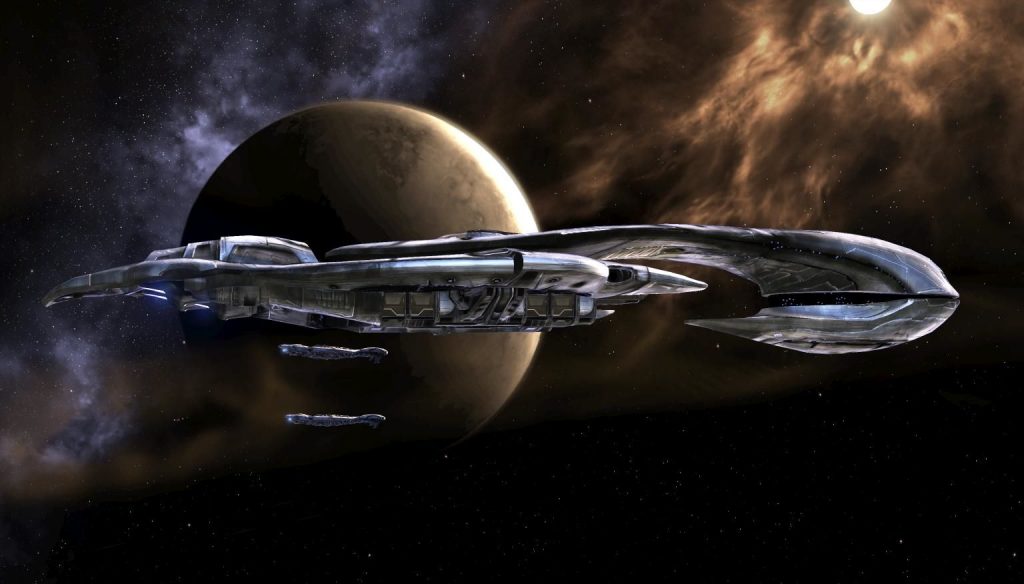
Besides the art, though, the story and concepts presented by Halo stand out from the pack. As outlined in the story arc summary and the big concepts above, Halo is more than just “defeat the aliens in space.” Despite its focus on glorifying the military and the fact that you play as a soldier for most of the Halo games, the creators of Halo took the time to make sure the plot and characters were memorable. You feel the threat of the Covenant when you first fight them. You experience the terror of releasing the Flood. You get to see things through your former opponent’s eyes. You wonder at the mystery of the Forerunners, and of Halo. You wonder why the Chief would violate orders to search for Cortana. Some would argue that the Halo series’ plot is not the most novel, nor is it the deepest, nor is it the most compelling. But it finds the right balance of those things while branching out into big concepts, all in a captivating world, and that is why it has stuck in the hearts and minds of millions of people.
Halo is the reason that the Xbox exists today, and it’s easy to see why.
Halo is was created by Bungie and is a copyright of 343 Industries and Microsoft.

Duncan MacMichael is a programmer writer at Microsoft, documenting Windows network device drivers for driver developers. He enjoys spending time with his family and dog, writing, programming, playing video games, playing board games, listening to great music, watching movies, and experiencing great stories. He loves the trees, mountains, and land of the Pacific Northwest where he lives and wouldn’t live anywhere else.
Warning: this post contains story spoilers for the Halo series.
REALM: space, Halo rings, Earth, alien cities
CREATED BY: Bungie, 343 Industries
NOTABLE WRITERS: Joseph Staten, Eric Nylund, William C. Dietz, Greg Bear
FORMAT: Xbox, PC
SETTINGS: Futuristic science fiction with spacefaring humans, hostile aliens, and mysterious ancient races who vanished.

Halo from on the ring
STORY ARC:
Humanity, 500-600 years in the future, has colonized distant worlds and maintains order with the United Nations Space Command (UNSC) and super soldiers called SPARTANs. They encounter a hostile coalition of alien species known as the Covenant, who are bent on humanity’s destruction in a holy war. As the humans fight a losing battle against the more advanced Covenant, they accidentally discover Halo, one of several massive ring worlds left behind by the ancient Forerunner race whom the Covenant worship. On Halo, the warring factions accidentally release the Flood, a parasitic, unstoppable species that was contained on Halo by the Forerunners and that consumes all life. The only way to stop the Flood is to exterminate all sentient life in the galaxy by firing the Halo rings, which is how the Forerunners disappeared.
In the first Halo trilogy, the story focuses on the war between the humans and the Covenant, as well as how to stop the Flood without killing all life. In Halo 4 and 5, the story shifts to a revitalized Forerunner presence and the relationship between the two primary characters.
CHARACTERS:
Master Chief, first primary protagonist. Abducted as a child and raised as a SPARTAN super soldier to initially put down human rebellions before being repurposed to fight back against the Covenant.
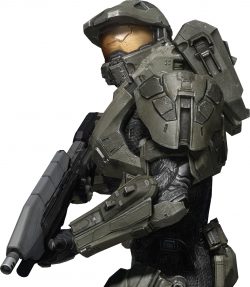
Cortana, second primary protagonist. AI with a 7-year lifespan. Usually travels with Master Chief in his suit. In Halo 4 and 5, starts to go mad after passing her end-of-life mark. Relationship with the Master Chief is complicated.

The Arbiter, secondary protagonist. A Covenant Elite (or Sangheili in their language), he was the general overseeing operations in the first Halo game behind the scenes. After a fall from grace due to Halo’s destruction, he was re-cast as the Arbiter, at first performing covert missions for the Covenant’s religious leaders before turning to aid the humans during the Covenant civil war.
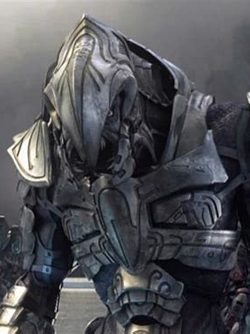
343 Guilty Spark, an AI monitor left behind by the Forerunners as the custodian of Halo. His primary goal is to fire the Halo rings and fulfill his directive. Switches sides depending on with whom his goals align and whom he is manipulating into helping him. The namesake for 343 Industries, who took over development of the Halo franchise starting with Halo 4.
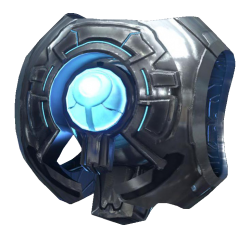
The Flood, primary antagonists. A parasite that consumes sentient life and becomes more intelligent through Gravemind hive brain-type entities. The enemy that caused the Forerunners to fire the Halo rings and wipe themselves out to stop the Flood.

The Librarian, a Forerunner. One of the most powerful Forerunners, a Lifeshaper, who helped invent the Halo ring solution to the Flood threat. Responsible for guiding early humanity’s development.
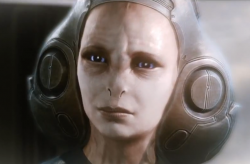
BIG CONCEPTS:
Breaking through the dogmatic control of religion. In Halo 2, the Covenant experiences a civil war partially instigated by the destruction of Halo in the first game. For half of Halo 2, the player experiences the perspective of the Arbiter and goes from a devout follower to a rebel. At first, the Covenant believe they are on their Great Journey religious path. They are led by the Prophets as spiritual leaders with the Elites forming the primary military arm and other races lending support. The goal of the Great Journey is to light the Halo rings and take everyone to the divine beyond, and the humans are filth who profane the Forerunner ring and deserve destruction.
After Halo is destroyed by the Master Chief, the Prophets turn on the Elites for failing them and attempt to wipe them out by harnessing a different race called the Brutes to replace them. The Arbiter discovers Halo’s true purpose of killing all life and, coupled with the betrayal by the Prophets, sees through the haze of religious fervor and leads his people to split away from the Covenant. They end up fighting alongside the humans in Halo 3 against the other Covenant and help put a stop to the Flood.
Love transcending rigid boundaries. As the Halo series progresses, it is implied that the Master Chief and Cortana develop feelings for each other. This is complicated by the Chief’s strict military paradigm and by Cortana’s limited lifespan. At the end of Halo 2, Master Chief is forced to leave Cortana behind in a Flood-infested Covenant city, making recovering her one of the major thrusts of Halo 3 even though the main goal is still to stop the Covenant and the Flood. Despite everything else going on, the Chief made it a priority to save her. Starting in Halo 4, Cortana begins to go “rampant” as she passes the 7-year mark, sparking concern in the Chief. She sacrifices herself to save him at the end, leading him to violate orders in Halo 5 and go off in search of her. This is a huge deal for a lifelong programmed soldier. After he discovers her living on via the Forerunner “domain,” he struggles with whether to support her when she decides to liberate AIs from the humans forcefully and ends up saying “no” when her methods become violent. Their story will continue in Halo Infinite (unreleased at the time of writing).
Exploring an alternate past of humanity and the role Forerunners had. The second trilogy of Halo games pivots the focus from the Covenant and Flood war to the Forerunners and their relationship with humans. As it turns out, humans were an advanced spacefaring species over 100,000 years ago. They clashed with the Forerunners and started a war, which was unfortunately the product of confusion. The humans had been running from the Flood and ran into the Forerunners, who weren’t aware of the Flood and assumed hostile intent. After the war, the Forerunners “devolved” them and put them on Earth to re-develop. The Librarian had a major role in this and performed genetic programming on them to direct them towards a better future where they could assume the “Mantle of Responsibility” after the Forerunners eventually passed on. When the Forerunners too encountered the Flood and could not defeat them, the Librarian helped to protect humanity in the ensuing galaxy-wide destruction of life when the Halo rings fired.
Bad guys who aren’t really evil? The Covenant might fit the bill for a typical definition of evil bad guys, but even then they’re not black and white. Yes, they want to kill all the humans for religious reasons at first and turn a cold, deaf ear to any attempts at reasoning with them. But, then you have the Arbiter and the Elites who learn the hard way that no one is irreplaceable and that maybe, just maybe, everything they had been told was a lie. Suddenly you have sympathy for those who were once your enemies, especially given that you get to play through their eyes for half of a game.
The Flood are more of a neutral evil. In some ways, they remind me of the Thread from Anne McCaffrey’s Pern series. They aren’t trying to do anything morally wrong, they’re just trying to do what they’re biologically programmed to do and take over other life forms. It’s a fact of life for them. No aspirations for domination or anything, just spread as much as possible.

An example of forerunner architecture
REMARKS:
The Halo series first attracted me as a child because of its imaginative sci-fi setting and story.
I had never been interested in a shooter game before, but I made an exception at the time because I was engrossed by the worlds, the art, and the concepts it had to offer. The sci-fi style of each race within the Halo universe is well-crafted and distinct from one another, providing a visceral feel that helps the audience instantly connect with an impression of them.
The Forerunners wrought grand, sweeping, and elegant structures with a refined sensibility that definitely says “these guys are more advanced than we can comprehend.” You can see why the Covenant worshipped them. In the first three games, you’re limited to traversing their austere, massive creations, but in the second trilogy you get to see some Forerunners and their servants up close and personal.
Humans, by contrast, fit in nicely with what most people imagine for sci-fi. Their ships and weapons are blockier, more geometric, pragmatic, and gray. For example, the Pillar of Autumn, the main ship from the first game, looks like a big, flattened tube that has the bridge on the bottom front chin. Not too fancy, and it works. The Chief’s armor itself is also very angular and sharp-edged. Human weapons fire projectiles in a more advanced form than what we have today.

The Covenant fit somewhere in between, which makes sense given that they based their technology on the Forerunners’ but made it their own. Their ships and weapons are sleek and very purple, with blues and greens thrown in as well. Their weapons fire plasma/energy shots that melt through their opponents. Their ships also have energy shields and put their bridges at in the center, where they are more protected. This is an example of an interesting design choice that shows a different way of thinking from the humans.

Besides the art, though, the story and concepts presented by Halo stand out from the pack. As outlined in the story arc summary and the big concepts above, Halo is more than just “defeat the aliens in space.” Despite its focus on glorifying the military and the fact that you play as a soldier for most of the Halo games, the creators of Halo took the time to make sure the plot and characters were memorable. You feel the threat of the Covenant when you first fight them. You experience the terror of releasing the Flood. You get to see things through your former opponent’s eyes. You wonder at the mystery of the Forerunners, and of Halo. You wonder why the Chief would violate orders to search for Cortana. Some would argue that the Halo series’ plot is not the most novel, nor is it the deepest, nor is it the most compelling. But it finds the right balance of those things while branching out into big concepts, all in a captivating world, and that is why it has stuck in the hearts and minds of millions of people.
Halo is the reason that the Xbox exists today, and it’s easy to see why.
Halo is was created by Bungie and is a copyright of 343 Industries and Microsoft.
Halo: The Master Chief Collection


Duncan MacMichael is a programmer writer at Microsoft, documenting Windows network device drivers for driver developers. He enjoys spending time with his family and dog, writing, programming, playing video games, playing board games, listening to great music, watching movies, and experiencing great stories. He loves the trees, mountains, and land of the Pacific Northwest where he lives and wouldn’t live anywhere else.

Duncan MacMichael is a programmer writer at Microsoft, documenting Windows network device drivers for driver developers. He enjoys spending time with his family and dog, writing, programming, playing video games, playing board games, listening to great music, watching movies, and experiencing great stories. He loves the trees, mountains, and land of the Pacific Northwest where he lives and wouldn’t live anywhere else.












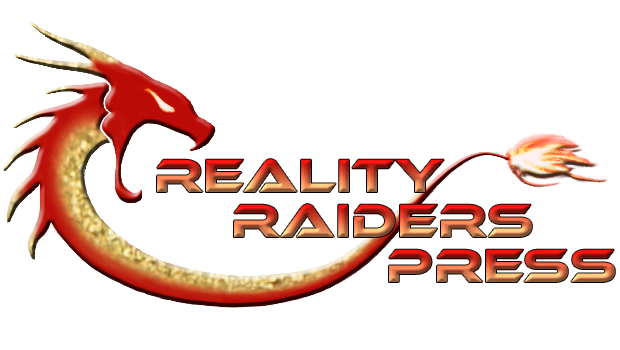
0 Comments